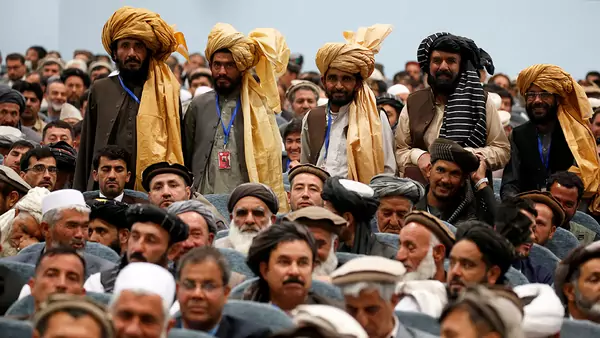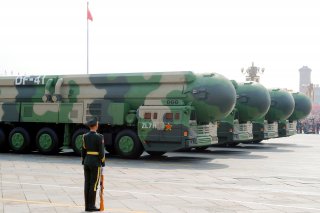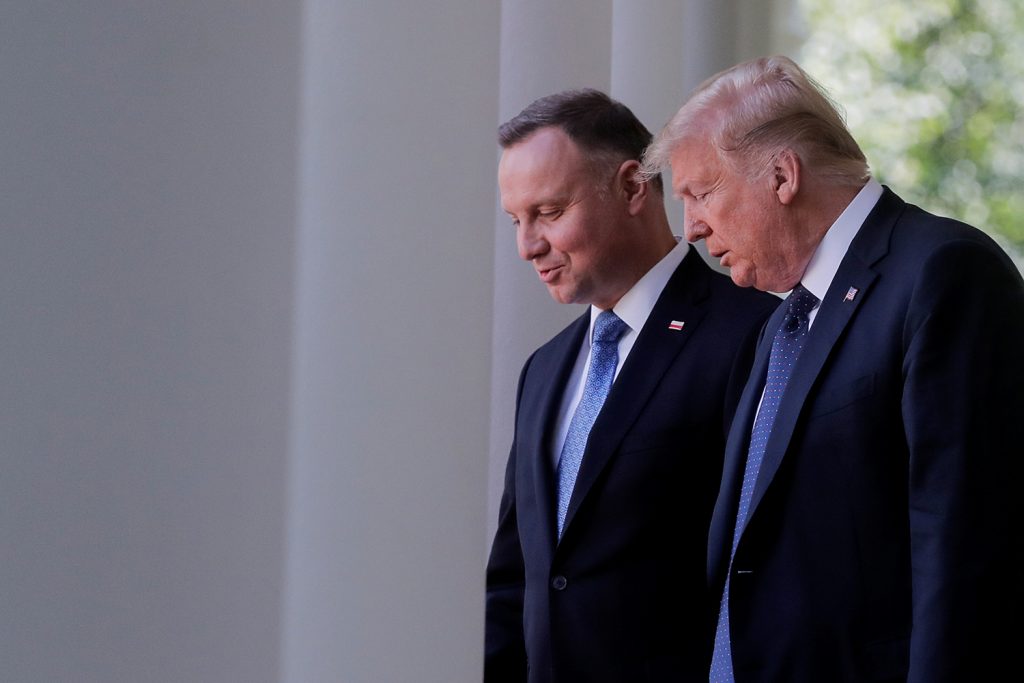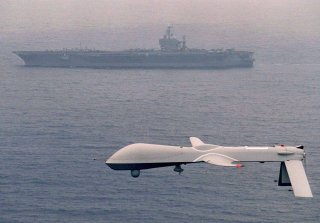The original article charted changes in South Asia’s geopolitical landscape since the end of the Cold War, and particularly how other major powers, including the United States, Russia, and China, have adapted to the rise of India and how this has impacted the relationship between India and Pakistan. In June 2020, the deadliest clashes between India and China on parts of their disputed borders since a brief conflict in 1962 erupted. Orbis editor Nikolas Gvosdev turned to Professor Harsh V. Pant, director of studies at Observer Research Foundation, New Delhi and Professor of International Relations at King’s College London, for his thoughts on recent developments and how these events fit into the overall geopolitical analysis he and his co-author, Kriti M. Shah, presented last year.
Can you give us a thumbnail sketch of the recent clashes between India and China?
Since the start of May, Indian and Chinese forces have been squaring off in the tough terrain of the Line of Actual Control, the un-demarcated border known as LAC—more than 3,000 kilometers for India and 2,000 for China. Reflecting heightened nationalism from both Asian powers, the conflict took a dramatic turn on June 16 when clashes in Ladakh led to the deaths of at least 20 Indian troops and an unconfirmed number of Chinese troops. The confrontation emerges as the biggest and most serious border crisis since the 73-day Doklam standoff in 2017 when Indian soldiers detected construction activity on what is considered disputed territory on the Doklam Plateau and had to cross into Bhutan to restore status quo ante.

















